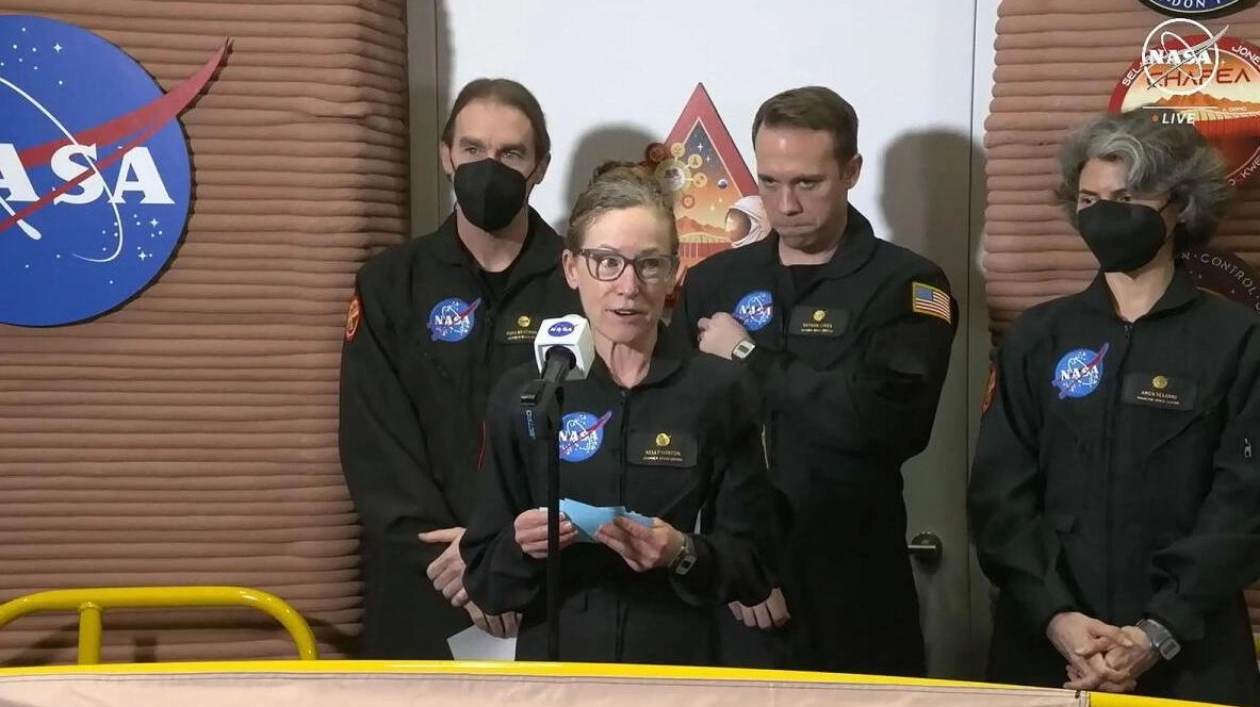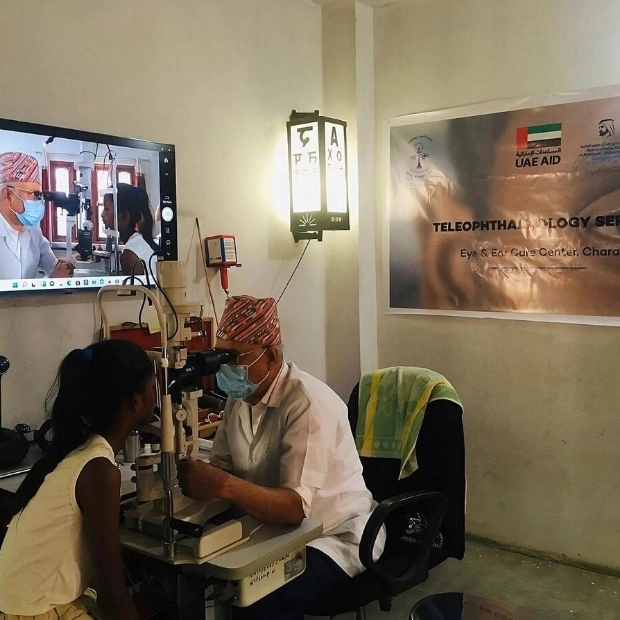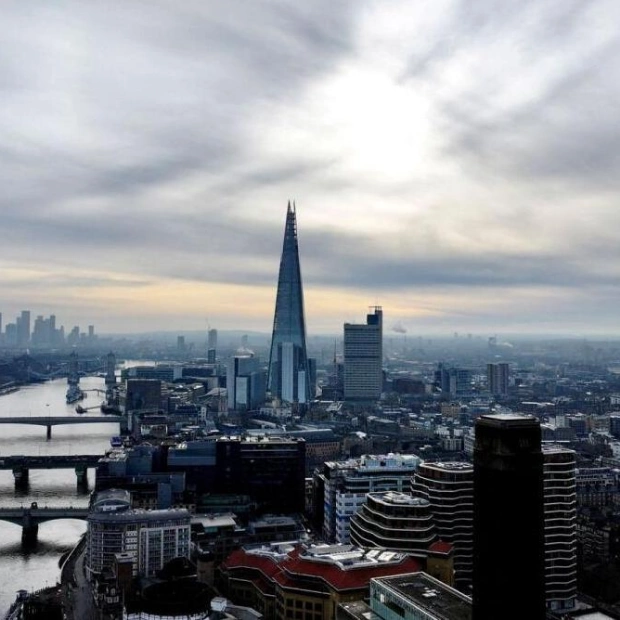A NASA astronaut raps three times on what seems like an ordinary door and cheerfully asks, "Are you ready to come out?" The response is unclear, but he seems to be smiling under his mask as he pulls the door open, revealing four scientists who have been isolated for a year to simulate a Mars mission. They emerge to cheers and applause.
Anca Selariu, Ross Brockwell, Nathan Jones, and team leader Kelly Haston have spent 378 days in a Mars-like habitat in Houston, Texas, as part of NASA's research on sending humans to the Red Planet. They grew vegetables, performed "Marswalks," and dealt with communication delays and isolation.
The experience was akin to pandemic lockdowns, but the team was visibly happy as they stepped out on Saturday. Kelly Haston, a biologist, laughed, "Hello. It's wonderful to be able to say hello to you." Nathan Jones, an ER doctor, nearly cried upon seeing his wife in the crowd.
The habitat, Mars Dune Alpha, is a 3D-printed 1,700 sqft facility with bedrooms, a gym, common areas, and a vertical farm. An outdoor area with red sand, separated by an airlock, was used for their "Marswalks."
Steve Koerner, deputy director at NASA's Johnson Space Center, praised the team's crucial science, mostly nutrition-based, which impacts their performance. This mission is the first of three planned under the title CHAPEA.
A year-long Mars simulation was conducted in Hawaii in 2015-2016, with NASA's involvement but not leadership. Under the Artemis program, the U.S. plans to send humans to the Moon to prepare for a Mars trip by the late 2030s.






